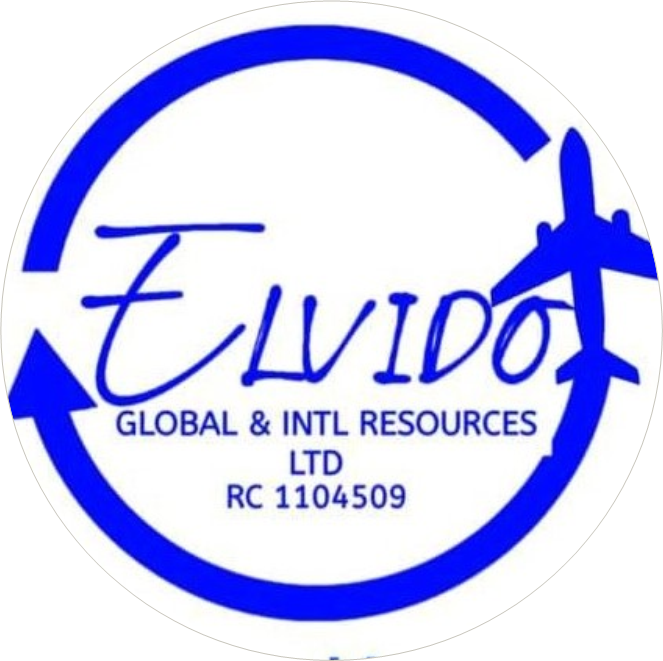 |
| Navigating the path to your Italy Work Permit (Decreto Flussi). |
Introduction:
Are you dreaming of working in Italy? The Italy work permit, officially known as the Decreto Flussi, is your gateway to making that dream a reality. This vital pathway allows non-EU citizens to enter Italy for work purposes. Exciting new updates have just emerged regarding the upcoming Decreto Flussi for 2026, 2027, and 2028, bringing both fresh opportunities and crucial changes. This comprehensive guide will break down everything you need to know, from the new quotas and application procedures to important visa appointment timelines and the latest rules on permit conversions. Stay informed to maximize your chances of securing your Italy work permit!
Navigating the New Decreto Flussi and Application Process
The Italian government is preparing to announce the next phase of the Decreto Flussi, a multi-year plan to welcome foreign workers. This upcoming announcement, expected in June or July, will cover the years 2026, 2027, and 2028, with applications likely to commence in January.
New Quotas and Sector-Specific Opportunities:
The next Decreto Flussi aims to bring approximately 330,000 workers to Italy over the three-year period. This represents a more "justified" quota compared to previous years, especially considering the drastic drop in applications from 702,000 in 2024 to 174,000 in 2025. Here’s a breakdown of the estimated distribution across key sectors for the Italy work permit:
- Agriculture (Seasonal & Non-Seasonal): A significant 110,000 permits are expected, with 100,000 for seasonal work and 10,000 for non-seasonal roles.
- Tourism and Hotel Industry: Around 33,000 workers are projected to fill roles in this vibrant sector.
- Domestic Work: Approximately 57,000 permits will be allocated for domestic workers.
- Construction Industry (One-Year Permits): The construction sector is set to receive 18,000 permits.
Key Change: Regional Quota System
A major innovation in the upcoming Decreto Flussi is the introduction of a specific quota for each region in Italy, for both seasonal and non-seasonal workers. This new approach aims to ensure a more balanced distribution of foreign labor across the country, addressing previous issues where certain regions received a disproportionately high number of applications. When applying for your Italy work permit, you'll need to consider the specific quota available in your target region.
The Application Process for Your Italy Work Permit:
The general steps to apply for an Italy work permit remain consistent:
- Find a Job/Employer in Italy: This is the crucial first step. Your employer in Italy is central to the process.
- Employer Applies Online for Work Permission (Nulla Osta): Once you have an employer, they will initiate the application for your Nulla Osta (work authorization) online through the official portal.
- Work Permit Approval (Nulla Osta Issued): After successful review, your Nulla Osta will be approved.
- Apply for Visa in Your Home Country at VFS Global: With your Nulla Osta, you will then apply for your entry visa at the Italian Consulate or Embassy, typically processed through VFS Global, in your country of origin.
Essential Documents Prepared by Your Employer for the Nulla Osta:
To ensure a smooth Nulla Osta application for your Italy work permit, your employer will need to prepare several key documents:
- Valid passport of the foreign worker.
- Valid identity card or passport of the employer in Italy.
- Certificate of housing suitability and residence address in Italy for the worker.
- €16 revenue stamp.
- Employment contract.
- Current number of employees of the company.
- Employer delegation and authorization (privacy).
- Chamber of Commerce certificate.
- DURC (Single Contribution Regularity Document).
- UNICO 2021 form (employer's tax return).
- Financial statements for the year 2021 of the company/enterprise.
- Employer contacts (telephone number, employer email, VAT number, PEC address, etc.).
- Indication of the Consulate of the country of origin where the entry visa will be requested.
Important Update: Visa Appointment Delays
A critical point to note is the increasing waiting time for visa appointments. Previously, appointments for September were being scheduled, but now these queues are extending to December. This indicates a waiting period of approximately 6 months. Obtaining your Nulla Osta is a significant step, but securing a timely visa appointment afterwards is equally important for your Italy work permit.
New Rule: Seasonal Permit Conversion
A very positive development, implemented in January, allows individuals with a seasonal Italy work permit (typically a nine-month visa) to convert it to a non-seasonal (one-year or permanent) permit without waiting for a new Flussi quota. This streamlines the process significantly, as previous regulations required waiting for a new Flussi to convert. This means you can now apply for a seasonal permit more confidently, knowing you have a clearer path to a long-term stay.
Responses for 2025 Flussi Applications:
For those who applied under the 2025 Flussi, responses are being released gradually by each region. If you haven't received a response yet, continued patience is advised. The Nulla Osta will be issued in due course, after which you can proceed with your visa appointment.
Upcoming Application Opportunities:
If you missed the previous application windows, there are still opportunities:
- July: Pre-applications may open for the remaining 30% quota in the tourism and hotel sector.
- January: Pre-applications will begin for the 2026 Decreto Flussi.
Final Advice for Your Italy Work Permit
Journey:
Ensure you have a valid passport and, most importantly, find a trustworthy and genuine employer. A legitimate employer who properly pays taxes is crucial for a successful Italy work permit application.
Conclusion:
The new Decreto Flussi updates offer a renewed sense of hope and clarity for those aspiring to work in Italy. With specific regional quotas, streamlined seasonal permit conversions, and clearer application timelines, the path to an Italy work permit is becoming more structured. While visa appointment wait times are a consideration, staying informed and preparing thoroughly with a genuine employer will significantly enhance your chances of achieving your goal of working and living in beautiful Italy. Keep an eye out for further official announcements, and prepare to embark on your Italian work journey!
FAQs:
Q1: What is the main keyword for Italy work permit applications? A1: The main keyword is Italy work permit or Decreto Flussi.
Q2: When will the next Italy work permit (Decreto Flussi) be announced? A2: The announcement for the 2026, 2027, and 2028 Decreto Flussi is expected in June or July.
Q3: When do applications for the new Decreto Flussi start? A3: Applications for the next Italy work permit (Decreto Flussi) are expected to start in January.
Q4: Can a seasonal Italy work permit be converted to a permanent one? A4: Yes, a new rule implemented in January allows conversion of a seasonal Italy work permit to a non-seasonal (one-year or permanent) permit without waiting for a new quota.
Q5: What are the key documents needed for an Italy work permit? A5: Key documents include a valid passport, employer's identity, housing suitability certificate, employment contract, and various employer-related financial and company documents.
Q6: What is the current waiting time for an Italy work permit visa appointment? A6: Visa appointment waiting times are increasing, currently extending to around 6 months (e.g., appointments booked now might be for December).
Q7: How many workers are expected under the new Decreto Flussi (2026-2028)? A7: Approximately 330,000 workers are expected to be called over the three years for the Italy work permit.




Do leave your comments